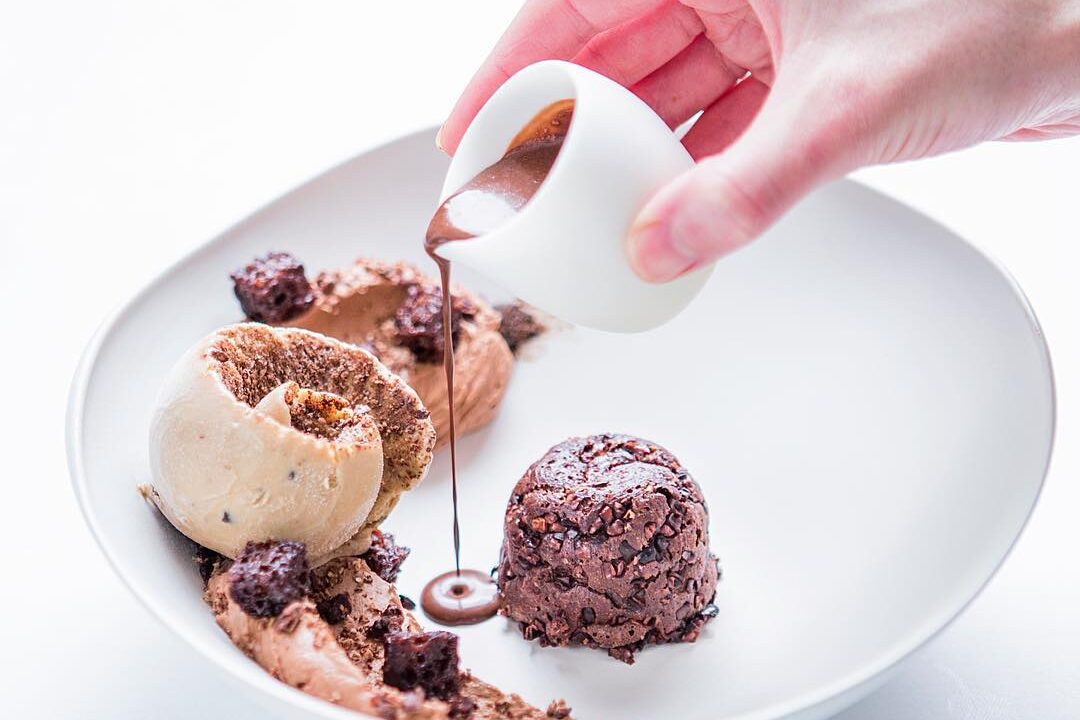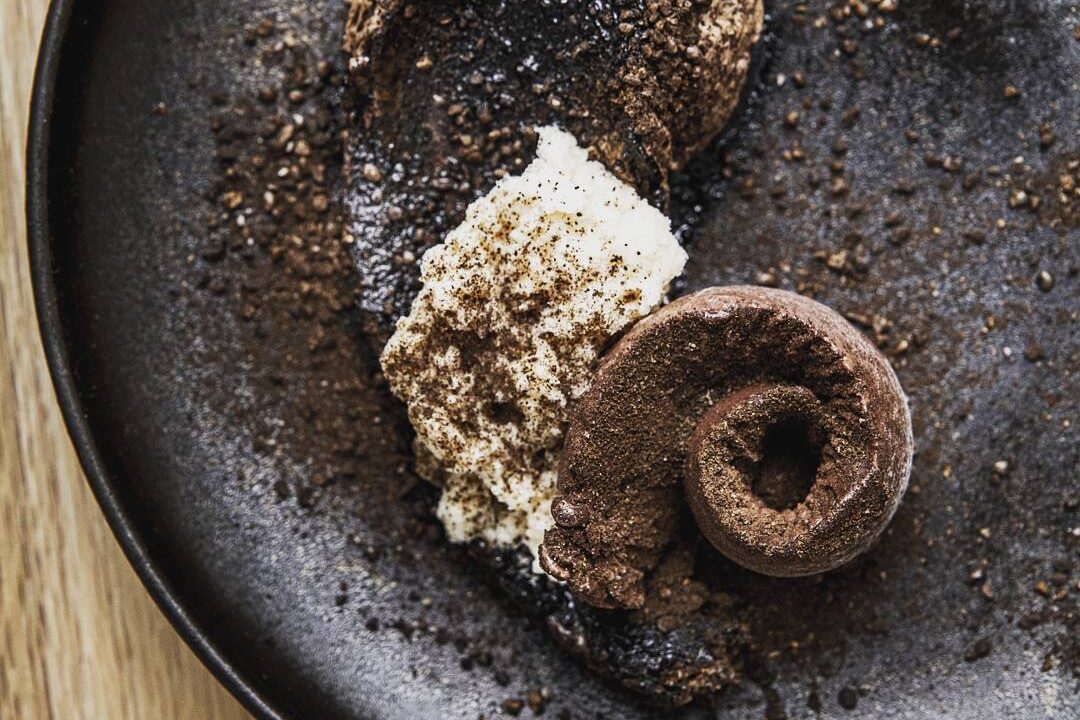
What is chocolate tempering?
Let’s talk about something sweet again! What comes to your mind first? Chocolate, of course! Today we come to you with an interesting topic. Do you know what chocolate tempering is? It’s not a very common term and we won’t be surprised if it’s your first time hearing about it. So let’s start from the beginning!

If you’re eating chocolates covered with perfectly smooth chocolate, you can be sure that it is tempered. This process gives chocolate many desirable characteristics that make it possible to create real miracles from it. Thanks to tempering, the chocolate becomes shiny and very smooth, but it also breaks easily.
Heating & cooling
What is this process about? It’s not very complicated. It is heating and cooling the chocolate alternately to certain temperatures. Thanks to this, the cocoa butter contained in the chocolate crystallizes in a controlled way. Cocoa butter can crystallize into 6 types of crystals, but only some of them provide the desired characteristics of chocolate.
You are probably wondering if all chocolate is suitable for tempering, and the answer is: that you can temper any kind of chocolate: dark, milk, or white. However, each of them will be tempered at different temperature limits.

It may sound complicated, but the truth is, that chocolate tempering can be done even at home. The hardest part when tempering chocolate is accurate temperature measurement. It’s worth buying a special thermometer for confectioners. Are you ready for a step-by-step recipe? There are several ways, but we will show you how to do it in a water bath. The temperatures provided are for dark chocolate.
Do it yourself!
- From the whole portion to be tempered, subtract 1/3 and grind it into fine chips.
- Melt the remaining 2/3 of the chocolate in a water bath: place a glass bowl over a pot of hot water, and put broken chocolate into the glass bowl. Heat the chocolate to a temperature of 45-48ºC, which will melt it. This temperature must not be exceeded.
- Then add the grated 1/3 of the chocolate and wait a moment until it melts, which should cool to 27ºC. You can mix it very gently.
- When the chocolate reaches 27ºC, it can be reheated to 31-32ºC, but not more, because this will destroy the tempering process.

What are the most common mistakes during this process? Here are some tips for you!
- This is a rather dynamic process, so it is often a mistake for the cook to act too slowly. So prepare all the necessary things before starting the process.
- Temper large amounts of chocolate at a time (min. 1 – 1.5 kg). The more chocolate there is, the slower the temperature changes and the easier it is to control it.
- A draft in the tempering room is also very unfavorable.
- The thermometer we use must be very accurate.
- If the chocolate is already too thick, pour off some of it and heat it, then pour it back into the bowl with the stamped chocolate – do not heat it all.
Good luck!









Post a comment